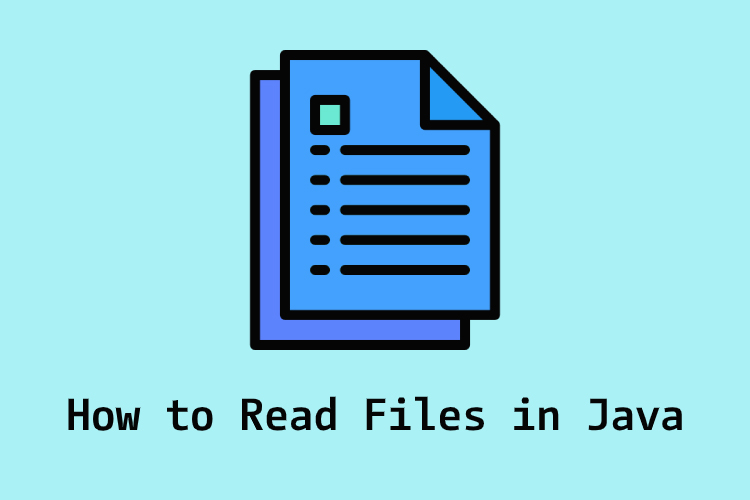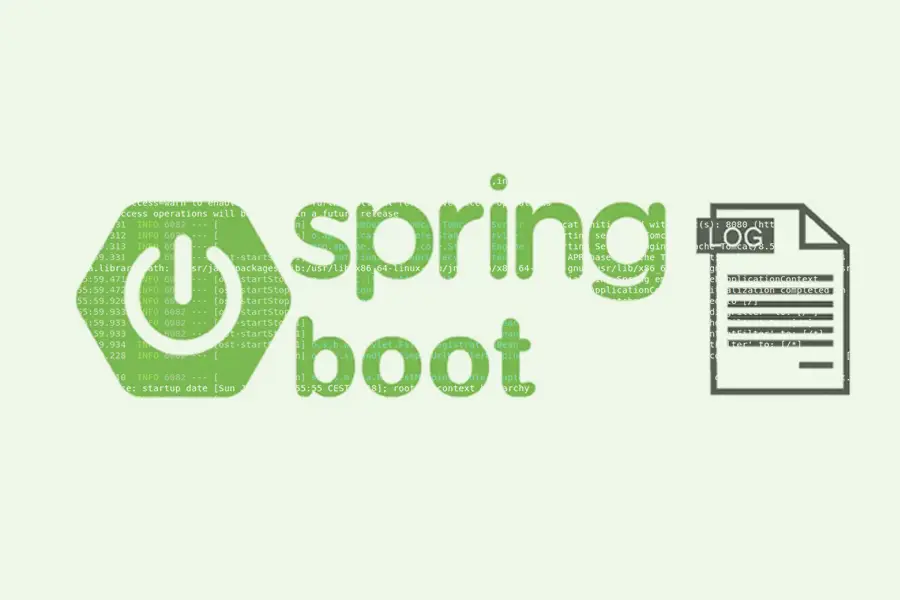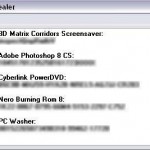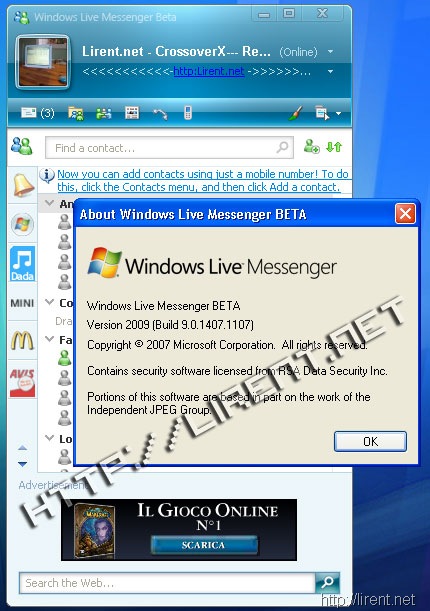There are different ways to use Java to read a Text File. Let’s see some of the methods we can use Java to read the contents of a file. This article uses methods from the following Java classes java.io.BufferedReader, Files.readAllLines() , Scanner or with Java 8 Streams Files.lines().
Read Files using Files.readAllLines()
package net.lirent.java;
import java.io.BufferedReader;
import java.io.FileReader;
import java.io.IOException;
public class ReadFileLineByLineUsingBufferedReader {
public static void main(String[] args) {
BufferedReader reader;
try {
reader = new BufferedReader(new FileReader("input.txt"));
String line = reader.readLine();
while (line != null) {
System.out.println(line);
// read next line
line = reader.readLine();
}
reader.close();
} catch (IOException e) {
e.printStackTrace();
}
}
}If you want to read a large file with the Files class, you can use the newBufferedReader() method to obtain an instance of BufferedReader class and read the file line by line using a BufferedReader.
Read Files using Files.readAllLines()
Here is the second example How to read a file using Files class.
package net.lirent.java;
import java.io.IOException;
import java.nio.file.Files;
import java.nio.file.Paths;
import java.util.List;
public class ReadFileLineByLineUsingFiles {
public static void main(String[] args) {
try {
List<String> allLines = Files.readAllLines(Paths.get("input.txt"));
for (String line : allLines) {
System.out.println(line);
}
} catch (IOException e) {
e.printStackTrace();
}
}
}You can use also readAllBytes() to retrieve the data stored in the file to a byte array instead of a string array.
byte[] bytes = Files.readAllBytes(path);Reading Files with Files.lines()
Java 8 introduced a new method to the Files class to read the whole file into a Stream of strings.
package net.lirent.java;
import java.io.IOException;
import java.nio.file.*;
import java.util.stream.Stream;
public class FileReaderWithFilesLines {
public static void main(String[] args) throws IOException {
String file = "input.txt";
Path path = Paths.get(file);
Stream<String> lines = Files.lines(path);
lines.forEach(s -> System.out.println(s));
lines.close();
}
}
Reading Text Files in Java with Scanner
The default delimiter of the Scanner class is whitespace. But you can set the delimiter to another character or a regular expression. It also has various next methods, such as next(), nextInt(), nextLine(), and nextByte(), to convert content into different types.
package net.lirent.java;
import java.io.IOException;
import java.util.Scanner;
import java.io.File;
public class FileReaderWithScanner {
public static void main(String[] args) throws IOException{
String file = "input.txt";
Scanner scanner = new Scanner(new File(file));
scanner.useDelimiter(" ");
while(scanner.hasNext()){
String next = scanner.next();
System.out.println(next);
}
scanner.close();
}
}
Reading a File Line-by-Line using RandomAccessFile
package net.lirent.java;
import java.io.IOException;
import java.io.RandomAccessFile;
public class ReadFileLineByLineUsingRandomAccessFile {
public static void main(String[] args) {
try {
RandomAccessFile file = new RandomAccessFile("input.txt", "r");
String str;
while ((str = file.readLine()) != null) {
System.out.println(str);
}
file.close();
} catch (IOException e) {
e.printStackTrace();
}
}
}Lets us know in the comments below which is your favorite method for reading e File in Java!









i dont know enything